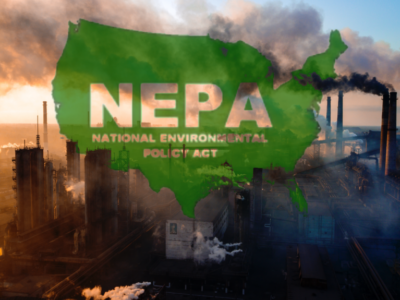Future Energy Scenarios

In a recent post, I discussed projections of future oil prices. There are big uncertainties, which obviously pose challenges for major oil companies among others. The approach that Shell takes to such uncertainties is instructive. Shell has a long history of using scenarios as a planning tool. An important recent example is its analysis of “energy scenarios to 2050.” As a Shell energy analyst explained on NPR:
Looking out to the year 2050, Shell strategist Jeremy Bentham says demand will go up, while oil supplies will be harder to find. But how nations and companies react is harder to predict. “We anticipate that you’ll begin to see a plateauing of easily accessible conventional oil and gas around about the 2015, 2020 type of period,” Bentham tells Steve Inskeep. Bentham outlines two outcomes — one a “scramble” and the other a “blueprint” scenario — for addressing energy needs.
In the scramble scenario, he says, “a focus on supply security drives a lot of decision-making.” For example, China is worried about its future supply of oil, so it decides that it needs to be friendly with Iran. Or the U.S., worried about its supply of oil, holds intensive talks with Saudi Arabia.”That can kick off a dynamic where the tensions are perceived to be a fight between nations and hence a scramble for supply. The demand side is postponed, in terms of being managed, in that scramble outlook,” Bentham says. So, a fear of shortage of supply builds up, and the steps to manage the whole energy system holistically aren’t taken, Bentham says. Instead of considering conservation or alternatives, people just grab for oil and other forms of energy.
The “blueprint” scenario, on the other hand, recognizes that forces can combine to affect change. “You see emerging coalitions coming together at the state level but also cross-border” to find solutions, Bentham says. He points to climate-related legislation in California as an example. . . .
“A set of interests were recognized among technology entrepreneurs and farmers and shrewd politicians which led, in this country in 2006, to the climate-related legislation in California,” he says. “You don’t get global agreements,” Bentham says, “but you get a critical mass of sectors and countries having, for instance, some kind of carbon dioxide pricing in the blueprint scenario.” And that approach would grow over time as people recognize the benefits, because it promotes energy efficiency and new technology developments, he says.
Interestingly, Shell seems to applaud the “blue print” approach: “Shell has a preference for blueprint-type outcomes that address demand, supply and environmental issues together, Bentham says, because “it’s better for society at large, but also it’s better for business and investment.”
Perhaps more important than the specifics is Shell’s success at using scenario planning. Given the uncertainties posed by climate change and future energy developments, this is a tool that should see far more use from governments as well as industry.
————
P.S. I deleted some paragraph breaks from the NPR story.
PP.S. Don’t say LegalPlanet never says anything nice about oil companies!
Reader Comments
2 Replies to “Future Energy Scenarios”
Comments are closed.







Not sure about the oil futures, but i might have seen the future a moment ago:
http://passionatereason.wordpress.com/i-may-have-seen/
What do you think of that scenario?